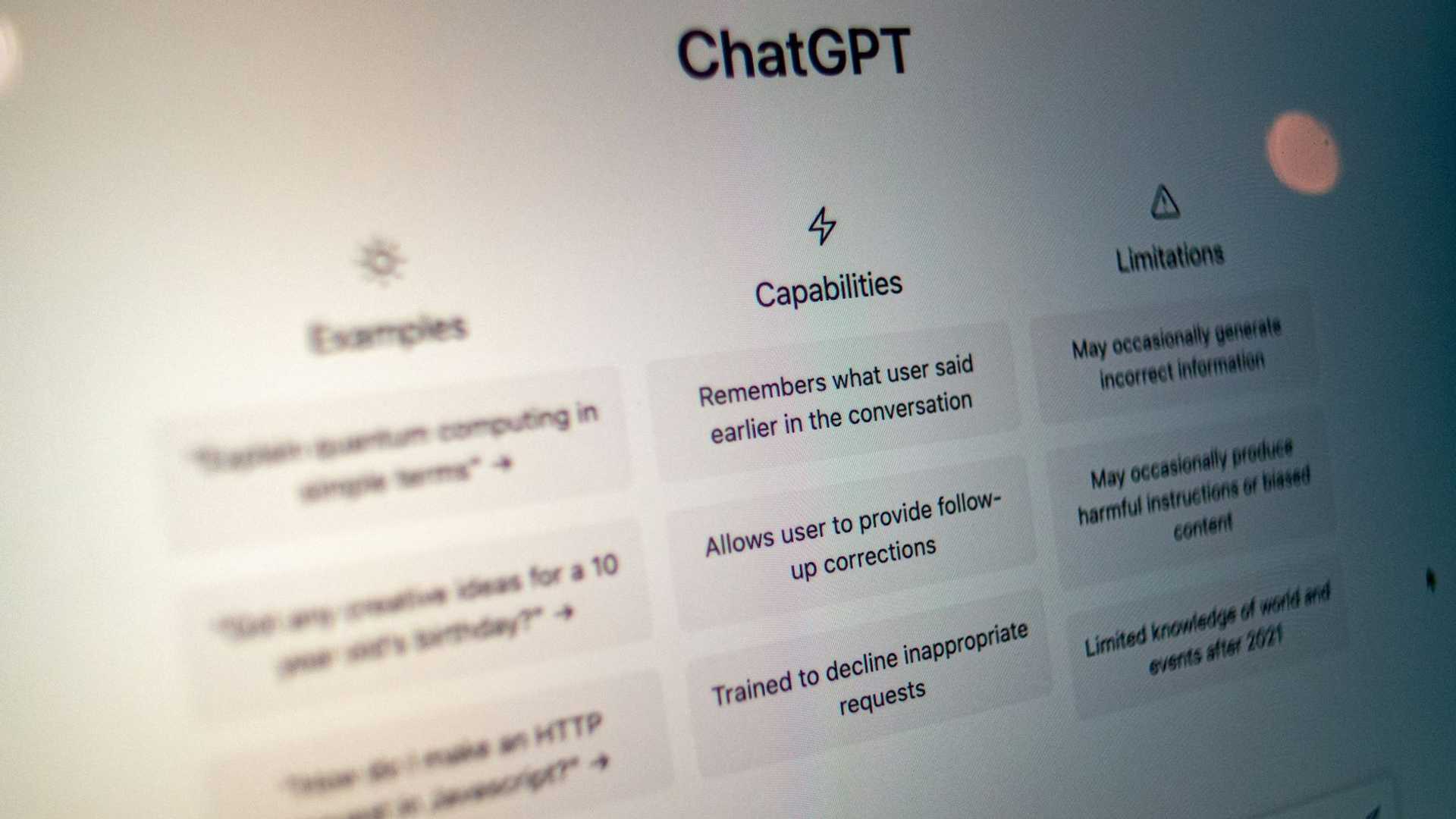AI / ML | Sigma Computing
Top teams choose Sigma. Ask questions about your data and generate the results in a workbook. Reference machine learning models built by your team in your data platform. Create, correct, and understand Sigma formula bar equations. Use AI to explain an existing visualization. Use Snowflake Cortex to forecast data with the click of a button. Write Excel-like formulas to generate new columns using your existing data.
AI in Sigma
Sigma shows you the work behind an AI-generated result, so that you don’t have to rely on hope that AI got it right—you can validate the result yourself. Sigma’s text processing capabilities make it easy to parse unstructured data and extract it into tables, which you can then analyze further with an ML model.
Security and Productivity
Sigma administrators govern who can opt into working with AI, and you can also use Azure Open AI endpoints for extra security. Use Sigma’s AI Toolkit to enhance productivity, move faster, and improve team learning. Onboard to Sigma and gain new analysis skills even faster with Copilot guidance.
Data Visualization and Analysis
Distill information on a single chart into text that is straightforward and easy to understand. Move fast with immediate AI assistance to unblock common or complex errors. Ask AI for examples of popular ways to analyze or visualize similar datasets. Connect complex AI models to data through Excel-like formulas.

Watch on-demand, read the blog, and attend live labs to get a better understanding of how Sigma can revolutionize your data analysis process. Get a free trial and see workbook examples to witness the power of Sigma in action. Join the Sigma community and schedule a call to explore more about Enterprise BI with a Spreadsheet UI.




















